The Film Revolution
A film revolution is going on,…like it or not, and surprisingly, only the most avant-garde are the proponents of what lesser mortals want to discount as “those crazy luddites”. Like Purple Magazine’s editor-in-chief Olivier Zahm. A perceived psychopath anyway. In the most genius sense. But many of the people who’ve been down this road before are heading back. But they are not the shockers. It’s the new wave of first timers. The recent Calvin Klein “My Calvins” campaign, with actress Klara Kristin, was all film, shot by the fairly young Harley Weir, an often film proponent.
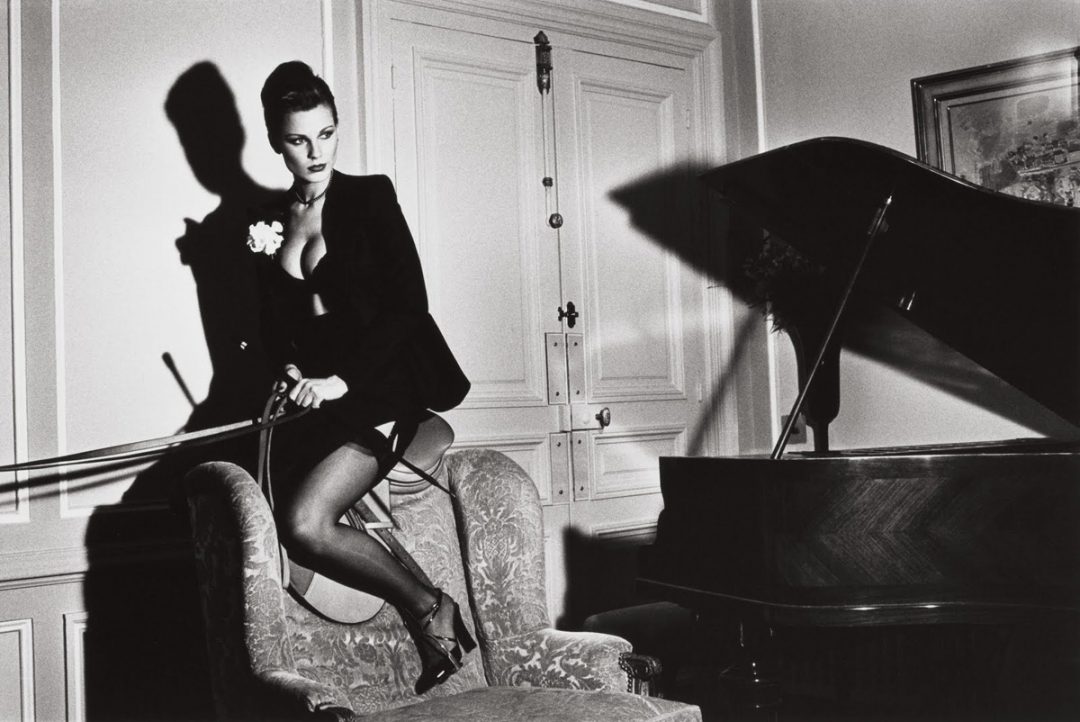
A Film Revolution – But Why?
Why? As anyone will tell you, digital photography is sharper and cleaner. And 85% of all photography is done with a smartphone anyway. But film provides… emotion. Less information,…but tangible emotion lacking in the most professional digital camera available. Pixel peepers will tell you this is “hogwash”. If you deal with algorithms and numbers all day, they are actually right. But how does one quantify emotion? And why are all these digital era youngsters opting to go the film route? Olivier Zahm says he’s encouraging his photographers to go off the farm. His take? Digital equals cold information. Film equals emotional information. If I’m going to be honest with you,…I don’t get it either. Maybe because pixels are square and exact,…film is round and organic/imprecise? And maybe our eyes can see more than we give them credit for? I’m not technical enough to debate anyone. And it doesn’t matter anyway.
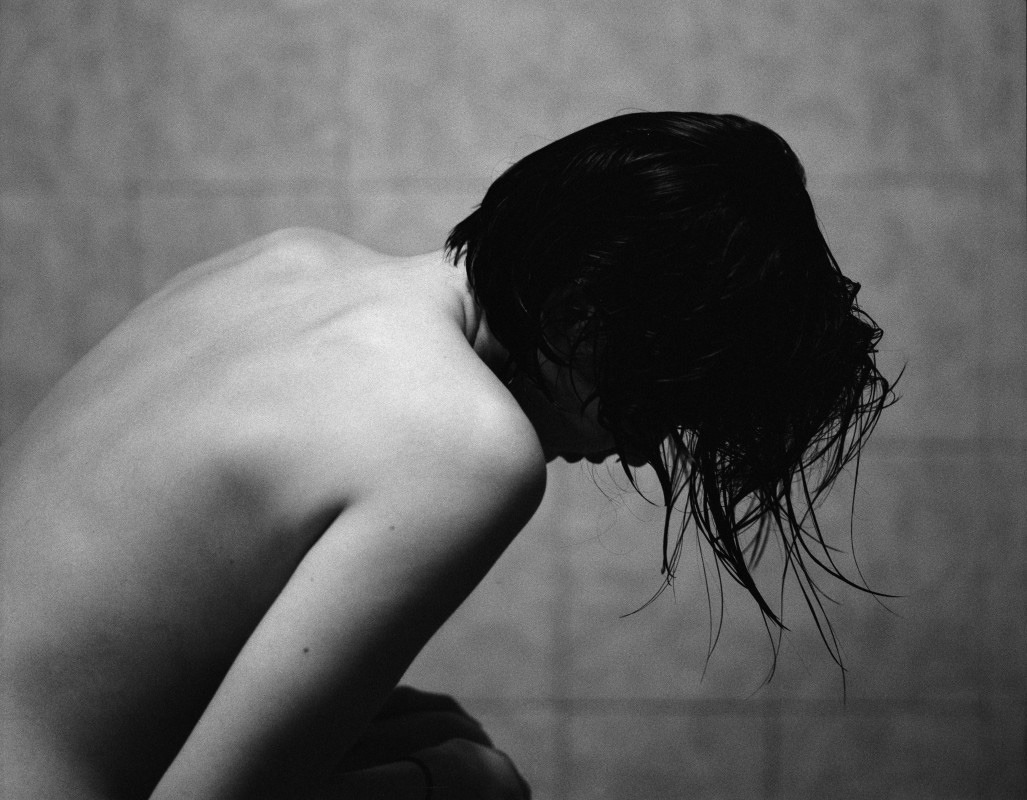
In a recent interview with Jaime Perlman, the creative director of British Vogue, she noted the film revolution, “I think the move away from digital photography is part of a backlash to what’s been going on in our culture, which is now so digitally savvy.” They’ve actually started almost promoting film photography for some time now. The May 2016 spread, “Moonage Daydream,” by Colin Dodgson, was all film. And because they feel there’s a refreshing purity to film, they’re actually expanding their commitment to film.
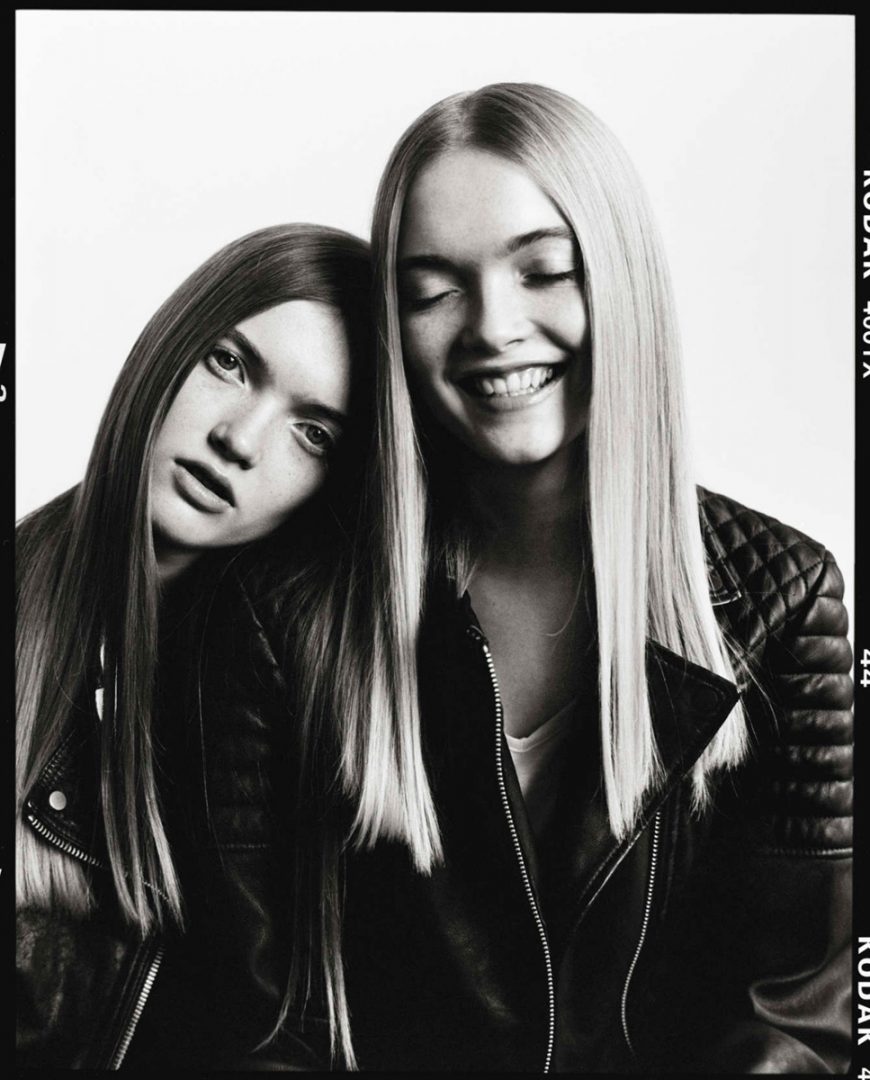
True Grit
Just aesthetics alone cannot explain away this shift. The sleekness and “Mr. Clean” look of digital is partly responsible. It’s Gucci and Vetements retro inspired campaigns that have pushed this new appreciation for an emotional rawness that’s self evident, and cannot be reproduced using zeros and ones, no matter how hard you try. The rich tones, deep detailed blacks and organic characteristics of film.
That said, you have to be assertive and confident in your vision. Art directors resent losing control. When images are no longer the creative output of the photographer, the photographer literally becomes a “technician”. The Creative director/art director becomes the true image originator, subverting the formerly organic chain of command, and assigning themselves grandiose titles of undeserved importance. (clipping the wings of the actual photographer) But, that may actually make more sense in a consensus environment/assignment. Everybody is assigned equal importance in molding the final output. AD, Makeup, Stylist, Client. This could be a good thing, (the photographer is cleared of all responsibility), or bad thing. (that was never his/her vision) So, digital definitely has an important role to play. At both extremes. (a predetermined client based vision,…and pictures of your cat) Now,…back to the ‘crazies’ shooting film.
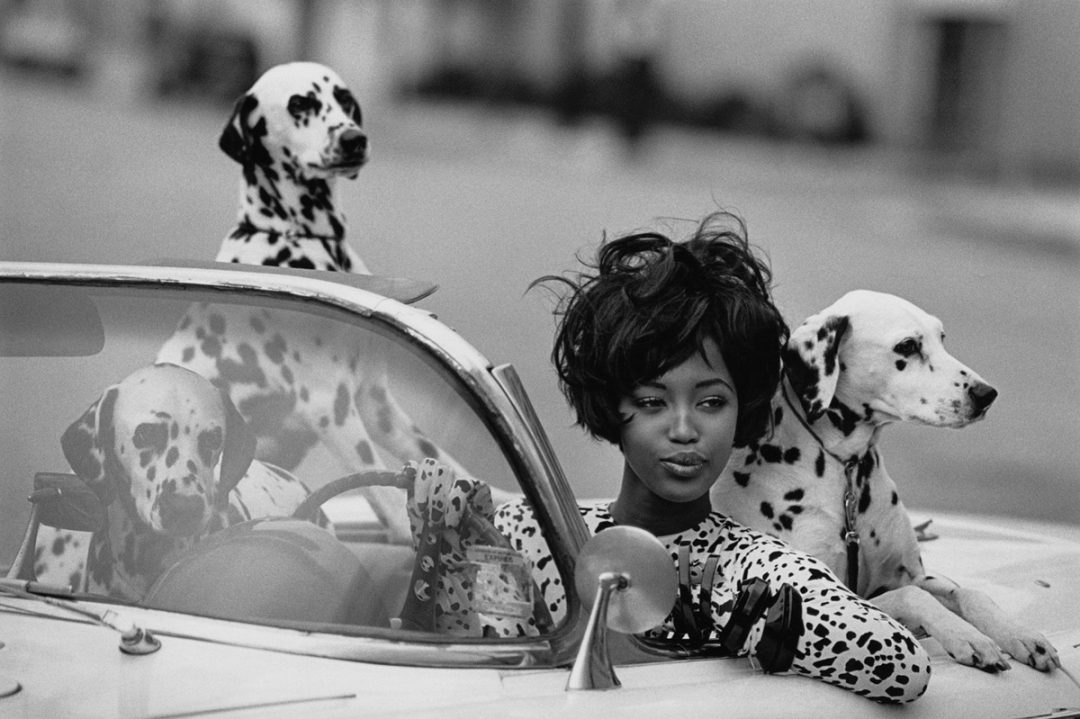
The humanness of shooting in a film has, most importantly, excited consumers who have nothing to do with the industry, but are keenly aware of what is brutally heartfelt and real,…and what is not. And the feel of a fine, solid piece of equipment in your hands. Like a $20,000 Patek Phillipe. Of course an Apple watch makes more “logical” sense. However, it’s just not the same. I don’t know why I lack any visceral connection to digital cameras. Yet, I will almost ‘fondle’ a Nikon F3. (I said “almost”,..let’s not make this weird) But I do realize it’s 10x easier shooting with digital. In fact, if you’re really wanting to be forward thinking, just shoot everything with your iPhone. No need to buy a Canon xD/Nikon Dx. (and, yes, I shoot my children with an iPhone) No need to get crazy if you’re just uploading to Facebook. (95% of the 350M FB daily uploads are shot on a smart phone) So, this is not an anti-digital post. Just pro film post.
Flawed Reasoning?
Edgar England is a manager at West End Cameras in London. They are the analog “go to” place in London. Crazy idea to operate such a retro store? Yeah, crazy like a fox. Between film developing and film sales, he and his staff have their hands full, selling out pallets of film in just a few days. Even the darkroom equipment and supplies are doing well. He saw a niche market emerging in 2005-2006 and took a chance that has paid off.
So really,…what’s the deal? Well, everyone shooting film has their own reasons. And despite all the digital mavens with pen and paper in hand, they will not be deterred. Reasons? Large Format, mixing chemicals, gritty imperfection, making subjects feel at ease when they know it’s a film camera, color palettes not easily achievable in digital, detailed organic shadows, a feeling of accomplishment, addicted to the soft red light and quiet contemplation of the darkroom, etc. Does it really matter?
The old are excited to take pictures like they use to,…mailers and all. And the young are burnouts from an era of instantaneous selfies and are looking to slow it down and experience a touchable form of visuals, and acheive a level of depth over intellect.
Kodak still makes film, and Ilford appears to have figured out a way to remain monetized and financially sound. Additionally, Ferrania in Italy appears to be enjoying a sound resurgence. Adox and Agfa-Gevaert are vibrant and growing, and even Cinestill is making film from rolls of Kodak’s motion picture film. Still in use by directors like Quentin Tarantino and Christopher Nolan.
Some of the most important work and photographers are now film. The fear of it becoming extinct has long passed. Haven’t you heard? There’s a film revolution! So whether you want to keep it on the cheap with a Pentax MX, or gonna go all out with a Mamiya 7 or Hasselblad 500 C/M, (or even a classic Rollei TLR), or even just stick with your Nikon D800,….it’s all good. Just keep making images. (yes, Peter Lindbergh was digital in his final years, using a Nikon D5,….but didn’t allow any client or magazine to retouch any of his images) All that said, it’s hard to dismiss the delicate beauty of a B+W fiber print, despite what the “numbers” say. Or as the Master printer at Magnum, Pablo Inirio, said, “Digital prints have their own kind of look, and it’s fine, but the Photo Print (fiber) has such richness and depth. [Which is why] collectors and galleries still want prints on fiber paper—they just like the way it looks.”
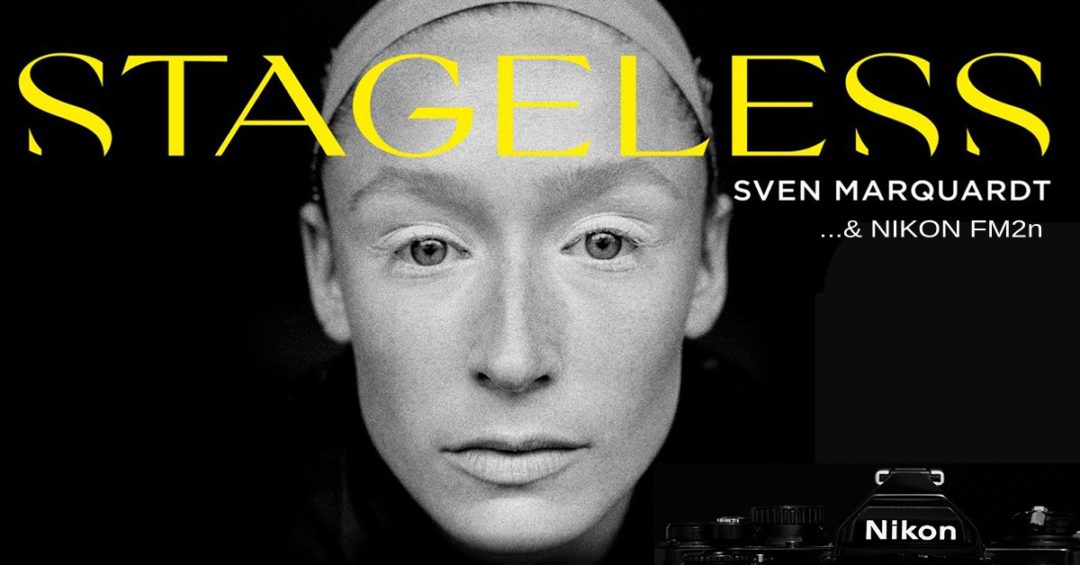
A darkroom experience is the anti-thesis of a smartphone. In fact, I’ll bet there are not a dozen people reading this worldwide who could put down their smartphone for 24 hours. Developing film, and all the Zen properties of standing alone in the dark, is the reason for using a film camera. It is the exact opposite of the cultural phenomenon I witnessed a bit ago; someone staring at their phone and walking into a light pole! As Bugs Bunny would say,…”What a ‘maroon’!” Yes, the darkroom print is harder than printing out an image on your trusty Epson,….while you go take a bathroom break. But, oh so satisfying.
>Say hello to this film revolution and goodbye to Photoshop and all the peripheral garbage. Put your efforts into the film used, developing that film, and lovingly printing those images as you reclaim the creative process. All the while employing equipment that in many cases is a sheer work of art to hold and behold. For your lifetime, in many cases. You can unsubscribe from Wired magazine, and not concern youself with technological advances. You’re good to go for the next 100 years. No need to “upgrade”. In essence,…film photography can never be replaced!
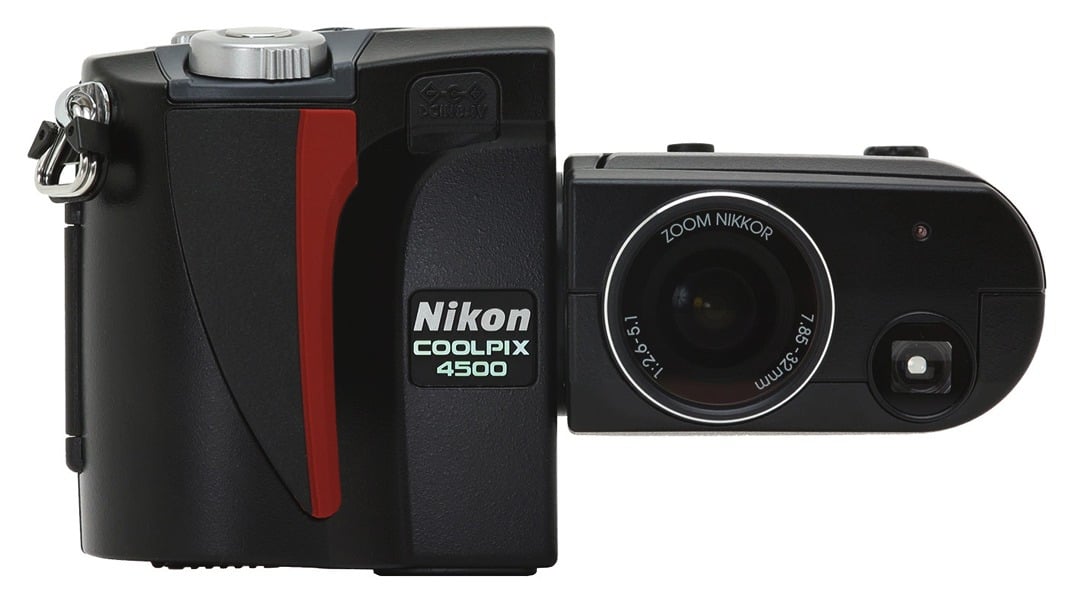
There is no reason on earth why digital cameras need to look like film cameras. Leica M3’s, Nikon F2’s and Canon AE-1’s are just,….things of beauty. Hence, camera companies learned,…sometimes the hard way,….that film camera design, and the romanticized percetion of what photography has been for over 100 years, still plays an important role to incorporate visually. (see Nikon’s short lived Coolpix 4500 above) While LCD’s are not a digital invention, professional photographers’ resistance to change may very well be the X factor. (give me metal and knobs)
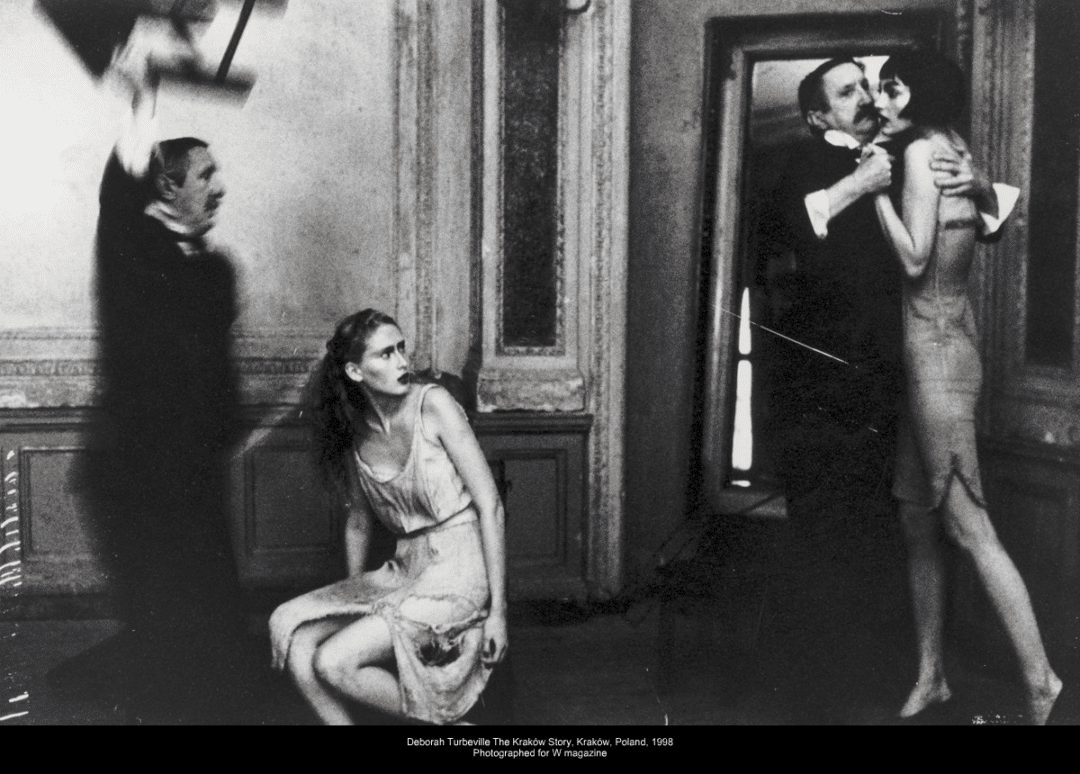
Yeah, sometimes film photography is not “pixel peeping” sharp. But way before digital was even a twinkle in some engineer’s eye, Henri Cartier-Bresson stated,…. “Sharpness is a bourgeois concept”. If you tell that to any amateur today, they’ll probably wet their pants. Shooting film, and darkroom work, with all it’s idiosyncracies, is a beautiful experience. Modernism be damned. But “sharpness” is NOT one of those idiosyncracies. In fact, before you apply all your “unsharp masking”, digital is quite soft. So, I’m all onboard when it comes to a film revolution. It’s not just the unique palette with color films. Holding an instrument of substance in your hand, (film camera), is just simply visceral. Which is why it escapes science and language. You can look at all the MTF charts you want. You’ll never be able to fit a square peg, (pixel), into a round hole. (an organic chemical process) Strangely, people still ask me how to get their images to look like film. Uhhh,…shoot film. Seriously. Why spend all that time in front of a computer?
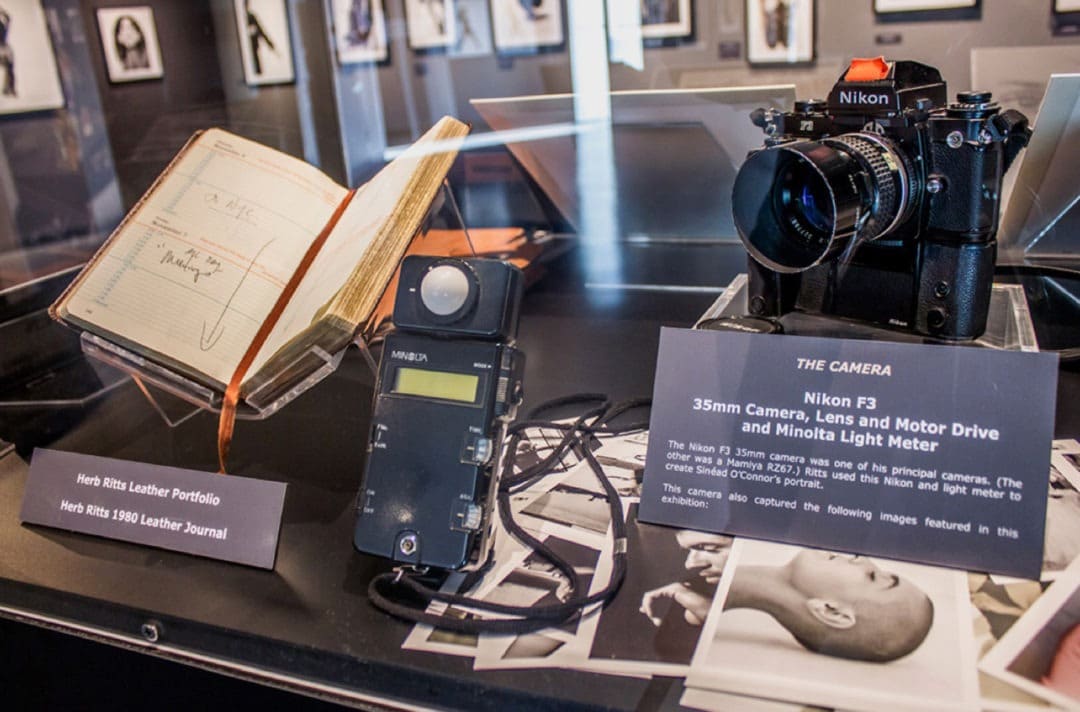
Another pet peeve would be “scanning film”. Why? If the final destination for an image is Instagram,….use your cellphone. And digital is not the devil incarnate. When I use to take “party club pics” for fun in my spare time, I used a Nikon D2Hs. The pics were just going to a website for the participants to download. Even a 4.1 MP image was more than sufficient for the clubgoers to print out a 16×20 image from MPIX. (or whoever) I certainly wasn’t going to take thousands of images on film and scan them all! That would be stupid. So, yes, when the image holds no great importance, digital can be a Godsend. However, I don’t care if you scan at the highest bit depth with the best scanner, or even drum scan,….the final output falls short. (especially B+W) Printers and ink can’t handle the gamut, dynamic range, etc. In the case of color, you will never get the depth or brilliance of an Ilfochrome. And in B+W, you will never acheive the sheer beauty and depth of a fiber based darkroom print. Yeah, yeah,….I’m familiar with the “Cone” system and Epson’s ‘ULTRA’ inks. (and papers)
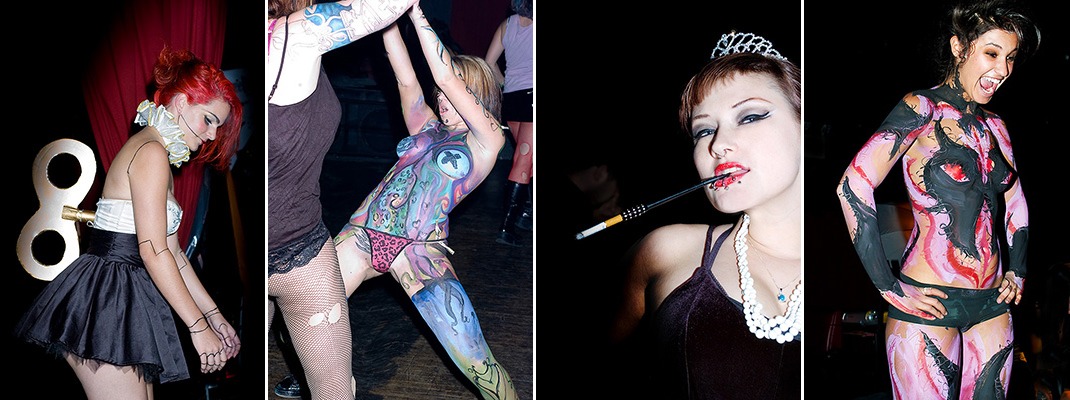
If you think for one second I’m telling people to throw away their digital cameras,….I’m not. That would be a bit disingenuous. First, because I use digital for putzing around. (above) Second, because I use digital for “Polaroids” on serious jobs.
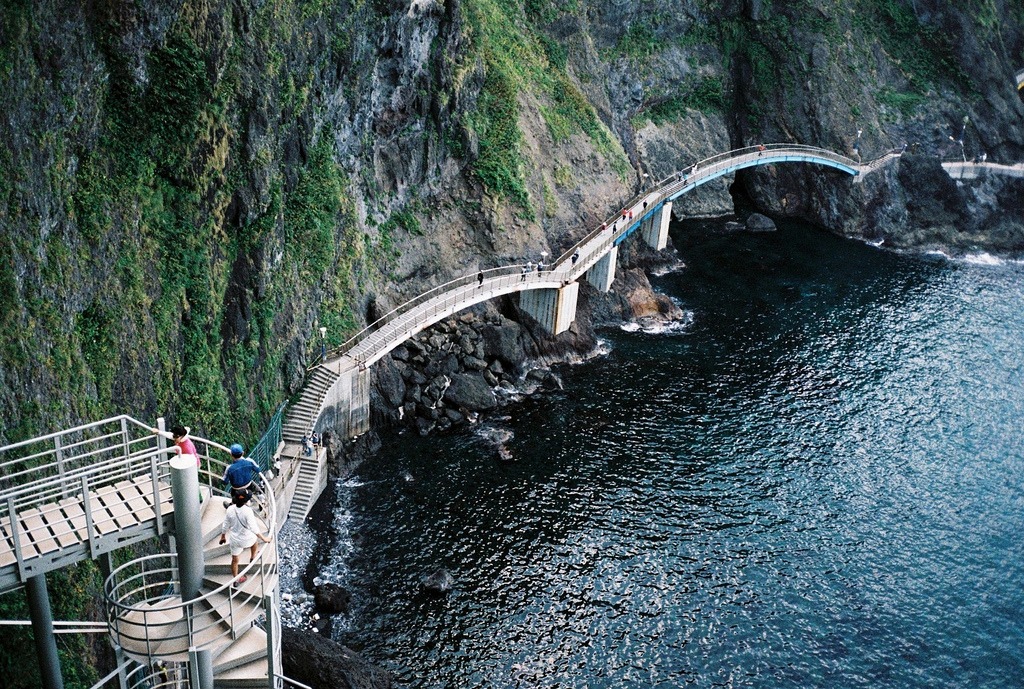
Everytime a new film app is released, serious photographers get asked the same question,…over and over. When Time asked photographer Stephen Shore what he thought of digital filters a few years ago, he rightly dismissed them as gimmicks. “A photograph is good because of the decisions the photographer makes.” Not because someone has introduced a new way to “fake it”. Photography requires “humanity”,….not a technical barrage of 0’s and 1’s.
So despite what that yelling ‘stocky’ guy on YouTube says, (why is he yelling?),……Film is Not Dead! At least,…not for everyone. 😉
Cover Image: © Nora Lowinsky (Film Photographer)


If using a camera loaded with film is not odd enough these days, try going about with a Stereo Realist or Kodak Stereo Camera. Folks might inquire about the extra lenses, especially on a Nimslo. And no, I do not use my Nimslo cameras to make animated GIFs. My father handed down his Ciro 35 to me in 1966 which introduced me to photography, and it still functions. Nice to know that film still survives, too. I took up stereography as well a decade later. Keep up the great work!
Hey Gary,
Oh, yeah,it still lives. And thrives. And while everyone knows Leica, Canon and Nikon, some of the coolest cameras don’t even register on the camera Richter scale. I do have a soft spot in my heart for TLR’s, but the amazing cameras of the past, (Bakelite?), were pretty awesome! But, alas, what do I know. I only use smartphones to make phone calls. Weird. 😳 https://www.anatomyfilms.com/vintage-cameras-the-vast-unknown/
Cheers,
Federico